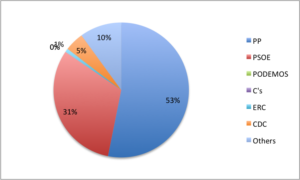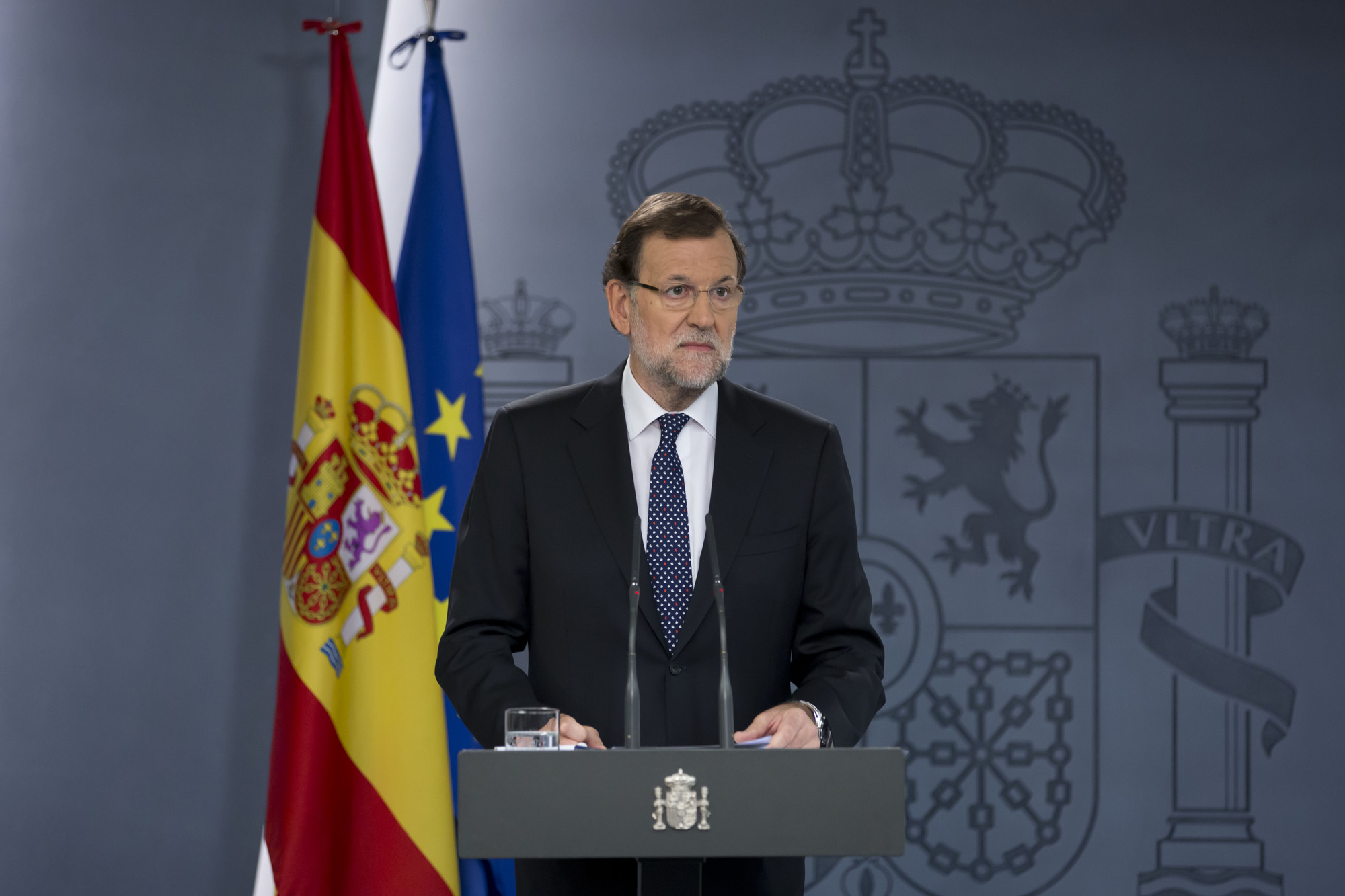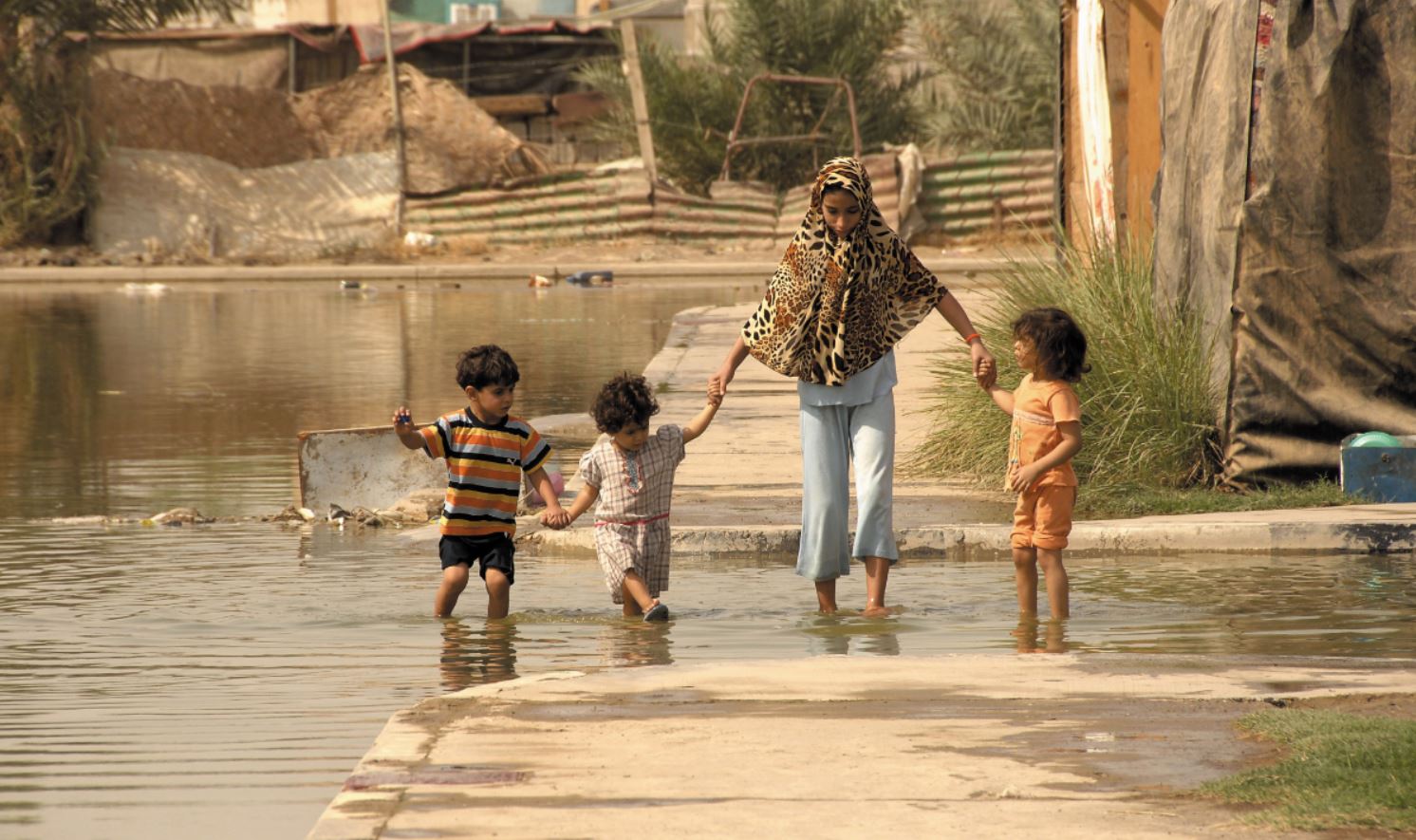On November 3rd, 2016, Mariano Rajoy was re-elected as the Prime Minister of Spain. It was a long and complicated process. The Spanish general election – in which Parliament’s 350 seats were up for grabs – took place more than 10 months prior to his re-election and the Ministers of Parliament could finally take their seats. It resulted in a drawn out period of heightened fragmentation in Parliament. The political parties achieved no coalition agreement and the elections had to be repeated in June of this year. The results of the second election were again indecisive, it was only after a long process of negotiating and politicking that the Spanish Socialist Worker’s Party (PSOE) – the principal opposition party – decided to abstain from voting, making Rajoy’s investiture possible. All in all, Spain spent 10 months without an elected government and survived.
Even though going without an elected government for such a long period might be unconventional and undesirable, it is not unprecedented. It also did not translate into a real burden on Spaniards’ daily life. Other countries and regions have faced similar situations; Belgium, for instance, did not have an elected government for 589 days between 2010 and 2011. Both in the Belgium and Spanish cases, a caretaker government – the former government and Prime Minister – had the duty of managing the country in the meantime. In the case of Spain, Mariano Rajoy, the People’s Party (PP) leader, stayed in power.

Mariano Rajoy (left) and Pedro Sánchez (right) shaking hands in front of Moncloa Palace (the official residence for the Prime Minister of Spain)
The political deadlock in Spain can be explained by two main factors: the Spanish government formation system and the rise of upstart parties that challenged the traditional two-party system. In Spain, the election of the Prime Minister and the government is not a straightforward process after the general elections. Spaniards do not vote directly for a Prime Minister. Instead, they indirectly vote (it is a closed list system) for the 350 members of the Parliament. The candidate who succeeds in achieving a vote of confidence from the majority of the parliamentarians in the investiture voting process becomes the Prime Minister. In the past the PP, traditionally conservative (right-leaning) party, and PSOE, traditionally progressive (left-leaning), used to have clear majorities after general elections. Today, due to the rise of upstart parties, the Parliament’s composition is much more fragmented and parties have to make major compromises out of necessity, something the traditional parties, particularly the PP, are not used to.

Elections results in June 2016 – percentage of Parliamentarians per political party. Podemos and Ciudadanos (C’s) – upstart parties – account for 17% of the seats.

Elections results in November 2011 – percentage of Parliamentarians per political party.
These 10 months without an elected government have not been a complete disaster. Rajoy’s caretaker government had the duty and the right to run the everyday management of Spain, but its power was limited by law, as it did not have the Parliament’s support. A caretaker government cannot make decisions that can potentially restrict the next elected government, including budget approvals (only extensions are allowed), legislative proposals, tax levy and diplomatic decisions (most international commitments were cancelled). In other words, the caretaker government can make decisions that affect the country in the short run but not the long run; Spain continued to progress incrementally but could not alter the country’s course.
The consequences of such a lack of vision for a country are obviously not positive, but they were not catastrophic. Spain could run without a de jure national leader during these months because there was no urgent need for reforms. Spain is a relatively mature democracy whose economy is fairly stable and growing. Had this state of non-governance arisen in the aftermath of the 2008 financial crisis, when major painful reforms were implemented, the consequences would have been radically different. Finally, Spanish regional governments – called Comunidades Autónomas – have a degree of independence while the supranational institution of the European Union could fill in for some of the national-level agendas and programs. Leaders, though important, are not the be-all-end-all of a nation.
- NOVAsia Is Hiring: Call For Applications and Contributors for Spring 2025! - February 26, 2025
- NOVAsia Is Hiring: Call For Applications and Contributors for Fall 2024! - August 20, 2024
- NOVAsia Is Hiring: Call For Applications and Contributors! - February 19, 2024






